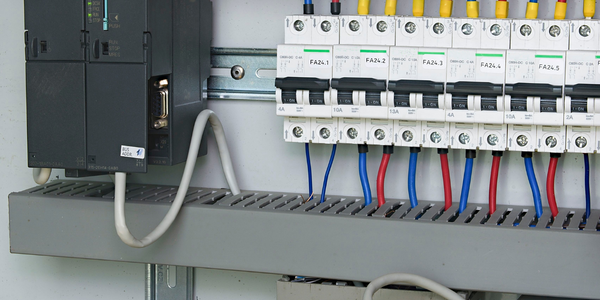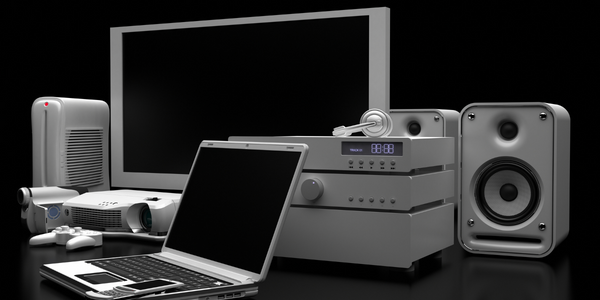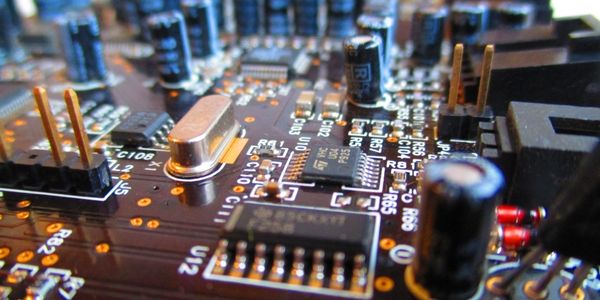Customer Company Size
Large Corporate
Region
- America
- Europe
- Asia
- Africa
- Middle East
- Pacific
Country
- Switzerland
- United States
Product
- Denodo Platform
- Amazon Redshift
- Snowflake cloud data warehouse
- Amazon S3
Tech Stack
- Cloud Computing
- Data Warehousing
- Data Integration
- Natural Language Processing
Implementation Scale
- Enterprise-wide Deployment
Impact Metrics
- Productivity Improvements
- Cost Savings
- Digital Expertise
Technology Category
- Infrastructure as a Service (IaaS) - Cloud Computing
- Infrastructure as a Service (IaaS) - Cloud Storage Services
Applicable Industries
- Electronics
Applicable Functions
- Discrete Manufacturing
- Product Research & Development
Use Cases
- Predictive Maintenance
- Process Control & Optimization
- Inventory Management
Services
- Cloud Planning, Design & Implementation Services
- Data Science Services
About The Customer
Logitech is a Swiss global provider of personal computer and tablet accessories with EMEA headquarters in Lausanne, Switzerland and American headquarters in Newark, California. The company develops and markets products like peripheral devices for PCs, including keyboards, mice, trackballs, microphones, game controllers, and webcams. The company also has offices throughout Europe, Asia, and the Americas, and conducts its sales and marketing activities across America, Europe, the Middle East, Africa, and the Asia Pacific. In 2015, the company reported around $2 billion in revenue with its 9,000 employees.
The Challenge
Logitech's rapidly growing product line completely changed the nature of business reporting at the company. Business users needed to find answers to problems relating to price violations on retail sites, text mining and sentiment analysis of Logitech's products on social media and gaming websites, demand forecasting, sales channel management, and other domains. They were also challenged by fragmented analytics caused by data being trapped across multiple on-premises systems such as ERP, POS, DRM and MDM. In addition, Logitech had recently acquired a string of companies that added business verticals but data from those new verticals never got captured in the final enterprise-wide reporting, so top management lacked a full picture of the overall business.
The Solution
Logitech built a solution built on the Denodo Platform. In the new infrastructure, data from the company's various on-premise sources and other third-party cloud-based sources are fed into an Amazon S3 bucket and from there it is loaded into the Snowflake cloud data warehouse. Snowflake was also used to store semi-structured loT data in JSON format. The Denodo Platform acted as a secure and governed business layer in the overall data architecture sitting between Snowflake and the consuming applications. Denodo also integrated Salesforce, Zendesk and Google Analytics data, making all of the data available to the advanced analytics and reporting layer. With the Denodo Platform at the business layer, acting as the single semantic layer for all of Logitech's data sources, all consuming applications now have access to the same data. The Denodo Platform is the nucleus of the new solution architecture.
Operational Impact
Quantitative Benefit

Case Study missing?
Start adding your own!
Register with your work email and create a new case study profile for your business.
Related Case Studies.

Case Study
Remote Temperature Monitoring of Perishable Goods Saves Money
RMONI was facing temperature monitoring challenges in a cold chain business. A cold chain must be established and maintained to ensure goods have been properly refrigerated during every step of the process, making temperature monitoring a critical business function. Manual registration practice can be very costly, labor intensive and prone to mistakes.

Case Study
Predictive maintenance in Schneider Electric
Schneider Electric Le Vaudreuil factory in France is recognized by the World Economic Forum as one of the world’s top nine most advanced “lighthouse” sites, applying Fourth Industrial Revolution technologies at large scale. It was experiencing machine-health and unplanned downtime issues on a critical machine within their manufacturing process. They were looking for a solution that could easily leverage existing machine data feeds, be used by machine operators without requiring complex setup or extensive training, and with a fast return on investment.

Case Study
Cloud Solution for Energy Management Platform-Schneider Electric
Schneider Electric required a cloud solution for its energy management platform to manage high computational operations, which were essential for catering to client requirements. As the business involves storage and analysis of huge amounts of data, the company also needed a convenient and scalable storage solution to facilitate operations efficiently.

Case Study
Leveraging the IoT to Gain a Competitive Edge in International Competition
Many large manufacturers in and outside Japan are competing for larger market share in the same space, expecting a growing demand for projectors in the areas of entertainment, which requires glamor and strong visual performance as well as digital signage that can attract people’s attention. “It is becoming more and more difficult to differentiate ourselves with stand-alone hardware products,” says Kazuyuki Kitagawa, Director of Service & Support at Panasonic AVC Networks. “In order for Panasonic to grow market share and overall business, it is essential for us to develop solutions that deliver significant added value.” Panasonic believes projection failure and quality deterioration should never happen. This is what and has driven them to make their projectors IoT-enabled. More specifically, Panasonic has developed a system that collects data from projectors, visualizes detailed operational statuses, and predicts issues and address them before failure occurs. Their projectors are embedded with a variety of sensors that measure power supply, voltage, video input/ output signals, intake/exhaust air temperatures, cooling fan operations, and light bulb operating time. These sensors have been used to make the projector more intelligent, automatically suspending operation when the temperature rises excessively, and automatically switching light bulbs. Although this was a great first step, Panasonic projectors were still not equipped with any capability to send the data over a network.









